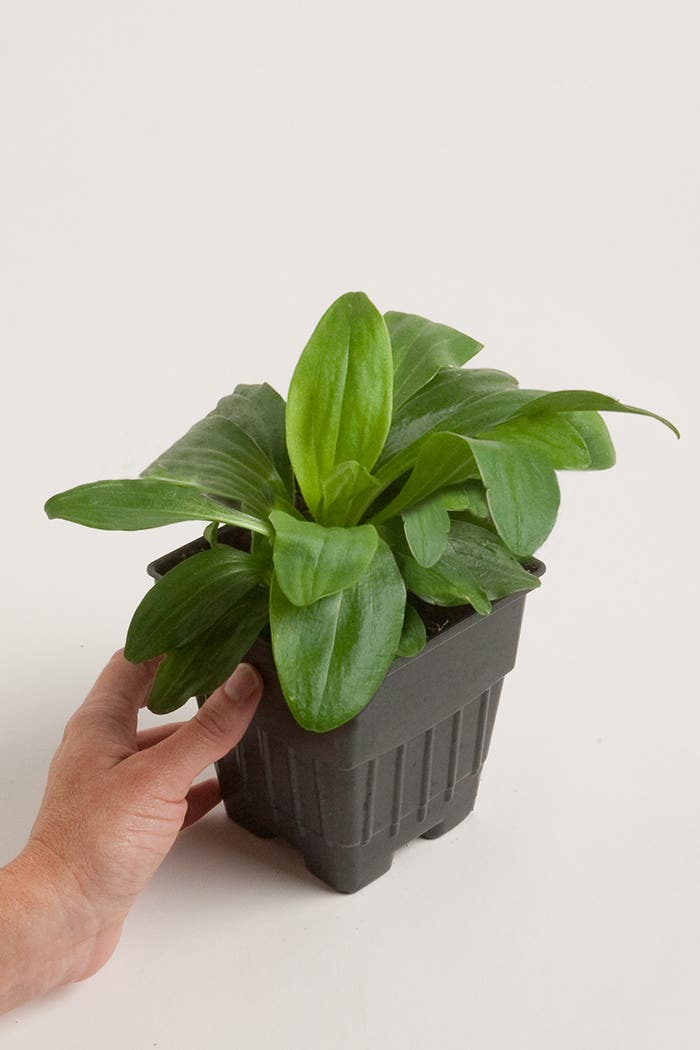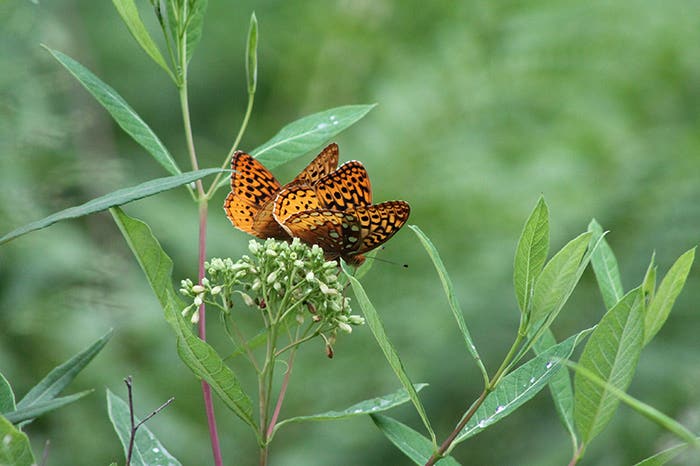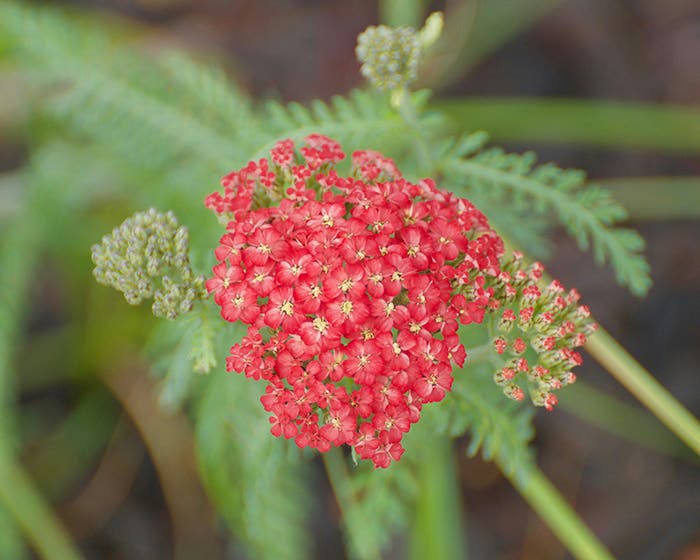How and When to Prune Lilacs
Take the guesswork out of pruning lilacs with these tips.
As an Amazon affiliate, we earn from qualifying purchases made through affiliate links.
First, let's clear up the myth that lilacs won't bloom well the next year if the faded flowers are not removed. You might want to cut off the dead blooms to tidy up the appearance of the shrub, but it will bloom next spring whether you do or you don't.
That said, cutting branches of the flowers (while they're still fresh) to bring inside is an excellent way to prune the shrubs. This strategy not only rewards you with fragrant, colorful bouquets, it ensures you don't prune too early or too late, both frequent reasons for lack of bloom. Lilacs flower on "old wood"—that is, they form their flower (and leaf) buds during the summer. These open the following spring. If you prune any time from when the buds have developed to when they would open, you remove them. Therefore pruning should take place immediately after the flowers fade, when the new buds haven't yet formed.
To shape and shorten the shrub, cut the stems to about a foot lower than the desired height. Also just after flowering, remove all but one or two suckers (new shoots) from around the base of the plant. Dig down and cut them off a couple of inches below the ground.
Older shrubs that have outgrown their space can be pruned hard in winter, when they are dormant. This diminishes the year's bloom, but a crowded shrub may not be blooming well anyway. Drastic pruning should be done in stages, taking away some of the old stems over several winters. Remove only 1/4 to 1/3 of the largest stems per year. Feed and mulch well in spring.
Explore other fragrant shrubs and more with the book Scent Magic by Isabel Bannerman, which combines personal experiences and bits of history with practical information about gardening with fragrant plants.







